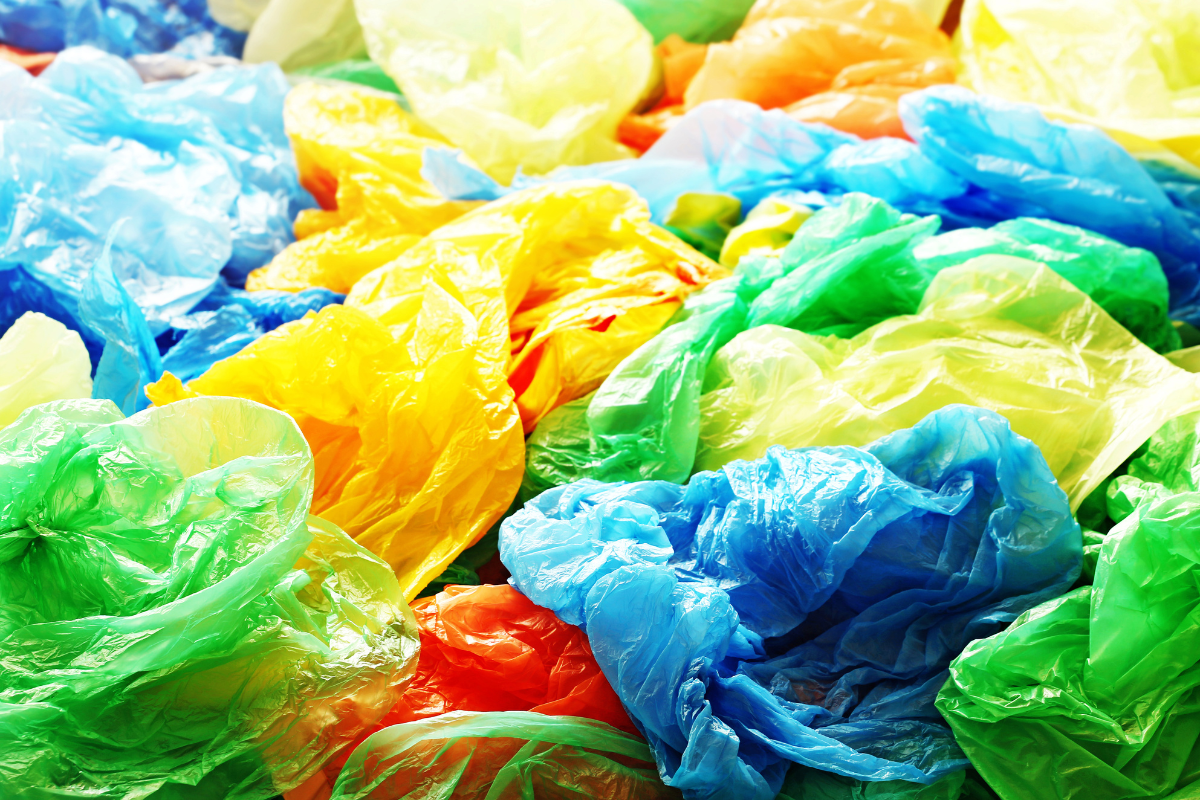
The Film Drop-Off Directory is ending services after 20 years of operation. | Pavel Kubarkov/Shutterstock
A long-running comprehensive guide to public drop-off sites accepting plastic film has been taken down, leaving a gap in consumer-facing recycling information for bags and other flexible packaging.
The Film Drop-Off Directory, which was housed at BagAndFilmRecycling.org, allowed consumers to enter their location and find the nearest drop-off recycling sites accepting film, primarily retail stores. The directory first launched in California in 2003, and expanded to cover nationwide film recycling information in 2007. It was maintained by Stina Inc. (formerly known as Moore Recycling Associates and later More Recycling), a longtime recycling consulting firm.
The guide’s final days
On Nov. 17, the guide disappeared from the BagAndFilmRecycling.org website. In a message to visitors, Stina Inc. noted funding it previously received has stopped coming in, contributing to the removal.
“The Directory was receiving a search on average every 55 seconds and for nearly a year we self-funded this free resource to help people recycle plastic film and bags,” the company wrote. “We have made the difficult decision to turn off this resource.”
How2Recycle, the recyclability labeling initiative that has its “store drop-off” labels on many film packaging products, has long directed consumers to the drop-off guide as the go-to source for retail collection information. The How2Recycle website still directed consumers to the BagAndFilmRecycling.org website for several days following the removal, before instead pointing site visitors to an Earth911 search result page for bag recycling options.
The resource is also widely linked to on local government and hauler websites across the country as a way to inform consumers about how to properly recycle bags, which are typically not accepted in local curbside programs. It is also often cited by industry groups like the Flexible Packaging Association and the American Recyclable Plastic Bag Alliance.
The drop-off guide received longtime funding from the American Chemistry Council (ACC) and more recently, the Plastics Industry Association. But neither group is currently funding the resource, and in late November Stina Inc. decided to pull the guide off-line rather than risk providing incorrect information.
“Our concern is that if it’s not accurate and adequately funded, the data becomes outdated and that further erodes the public trust in recycling,” Nina Bellucci Butler, CEO of Stina Inc., told Resource Recycling.
ACC and the Plastics Industry Association did not immediately respond to inquiries about the funding lapse.
In a 2023 report, Stina noted the directory listings were “updated, added, and removed throughout the year based on lists provided by retail chains and reclaimers, crowdsourced input and feedback, and listing spot check phone calls.” That work was necessary to ensure the guide remained current and provided accurate information – not only to confirm collection points, but to verify that the collected plastics were moving to processors and end markets. In short, it was a labor-intensive process.
Drop-off recycling under fire
The removal comes on the heels of several high-profile indictments of drop-off film recycling, specifically questioning whether collected material makes it to an end market. In May 2023, ABC News published an investigation in which reporters glued Apple Air Tags into 46 bundles of plastic bags, dropped them off at retail recycling locations around the country, and tracked their movement. Half of the trackers showed up at landfills or trash incinerators, according to ABC.
Stina Inc. removed Target and Walmart drop-off locations from the guide after that report. (Both retailers are listed in the Earth911 drop-off search results.)
In September, Bloomberg published a similar investigation following 30 GPS trackers Bloomberg placed in film packaging left in retail drop-off sites. Thirteen of them ended up in landfills, and only four GPS trackers indicated the packaging made it to a plastics processing site.
Asked what it would take to bring the resource back on-line, Butler suggested not only funding for the guide, but a shift by the plastics industry toward “a real commitment to the system of film recycling, a commitment by producers to stimulate demand, a real commitment to getting bins in place and encouraging more recycled content.”
In the meantime, Butler points to the NexTrex program, run by recycled film end user Trex, which maintains a list of retailers that accept film that goes to Trex for processing.
A version of this story appeared in Plastics Recycling Update on Nov. 28.

